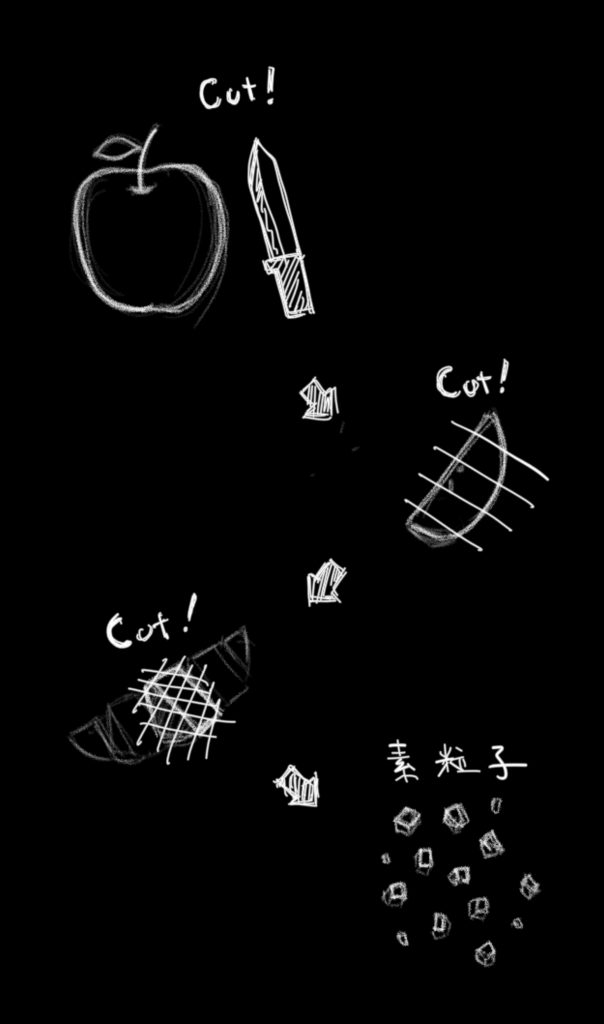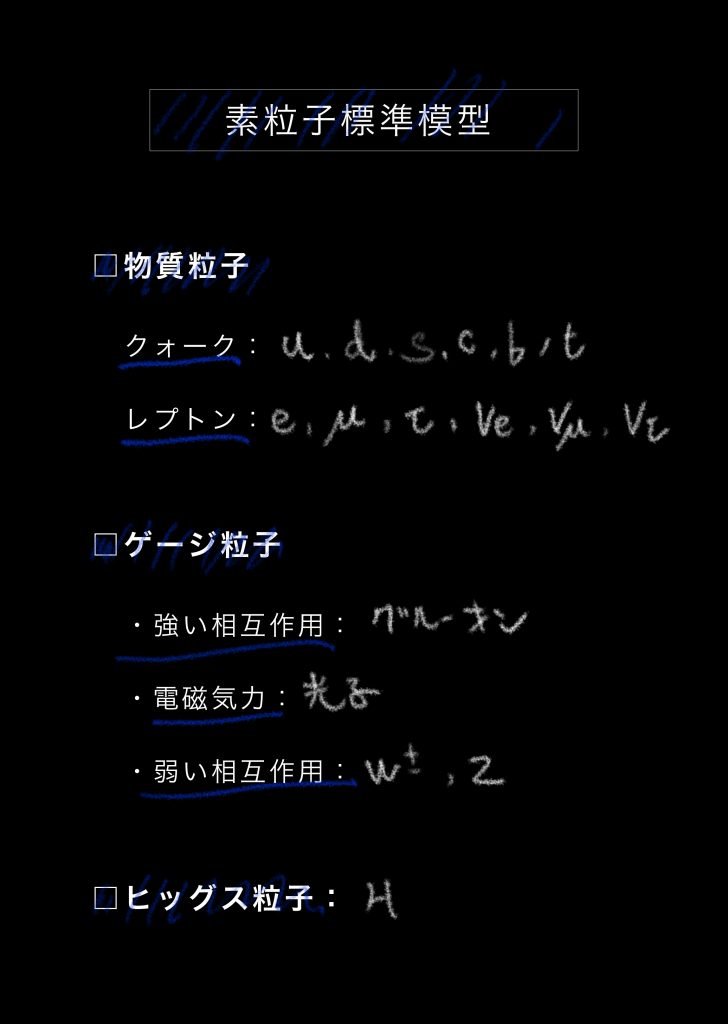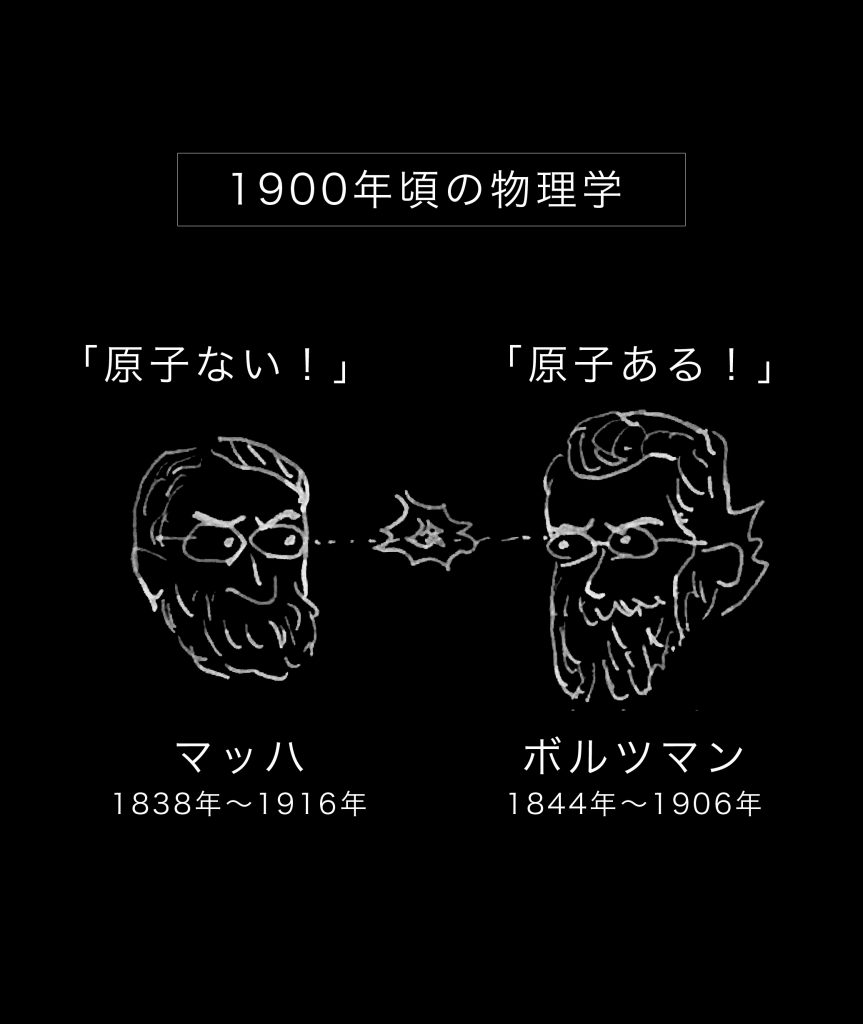Physics in the Yukawa era and the meson theory (1) Physics in the Yukawa era
Physics in the Yukawa era
|
Introduction: Invitation to elementary particle physics What would happen if you finely broke down and took apart any material around you? Can the material be broken down to the smaller sizes indefinitely or is there the smallest unit that the materail can be reduced ultimately to?
According to modern science, the correct answer to the question is the latter one. We know that all matter in the universe is made up of “particles” which cannot be broken down any more. Those particles are called “elementary particles” and the branch of study to elucidate the ultimate elements that form all substances is called elementary particle physics.
According to cutting-edge physics, almost all natural phenomena observed by humans can be described by the theory called the “standard model of elementary particles.” This theory tells us that a material is made up of quarks and leptons and that those particles toss elements called gauge bosons back and forth to induce interactions. What’s more, the most advanced elementary particle physics seeks the possibility of further breaking down the quarks and leptons into even smaller composing elements.
Remarkable advancement has been made in elementary particle physics in the past 100 years. Hideki Yukawa’s meson theory played a decisive and vital role during the period when elementary particle physics began to blossom and underwent major advancement.
In the following, we look at how physics was during the period Yukawa lived, his thoughts that led to his meson theory, and the role of the meson theory in the history of physics.
|
|
|
|
Physics in the beginning of the 20th century Let’s look back and examine how scientists conceived matter in 1907 when Yukawa was born.
Naturally, people in those years had no concept of elementary particles in the modern sense described above. In 1900, even the answer to the question, “Is matter made up of composing elements similar to ‘particles’?” was not consistent among scientists.
It was already known in those years that all substances around us were made of constituents called “elements.” However, elements were not observed as “something similar to particles” at that time, so many scientists refused to acknowledge their existence at that time.
In just a few decades from then, however, we quickly gained extensive knowledge of the micro-world. We discovered that the elements were particles called “atoms” and even expounded their internal structures. At the same time, the theories that described the laws of the micro-world made astonishing advancement. Hideki Yukawa grew up in the era of rapidly advancing elementary particle physics, lived through his adolescent years, and then later on became immersed in theoretical physics. |
(Written by Masakiyo Kitazawa)







